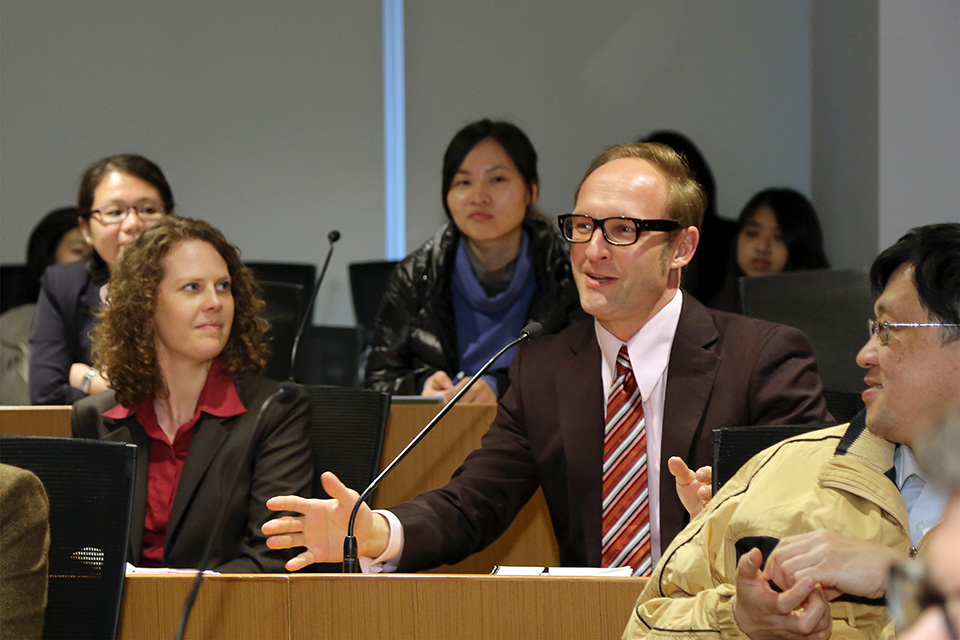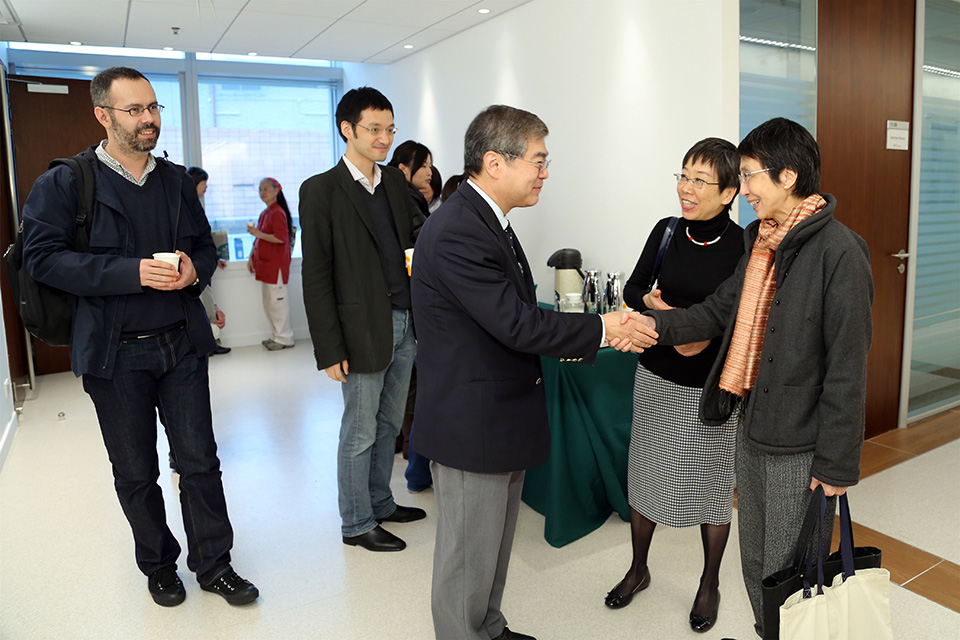- ABOUT IHSSABOUT IHSS
- PEOPLE
- NEWS & EVENTSNEWS & EVENTS
- RESEARCHRESEARCH
- FELLOWSHIPS & GRANTSFELLOWSHIPS & GRANTS
- TEACHING & LEARNINGTEACHING & LEARNING
- PUBLICATIONSPUBLICATIONS
Title:
Star Wars vs. Seopyeonje: The Images of Science and Technology in South Korea
Professor Dong-Won Kim (President, The D. Kim Foundation for the History of Science and Technology in East Asia)
March 4, 2014
4:30 pm (Refreshments 4:00 pm)
Venue:
Social Sciences Chamber, 11/F, The Jockey Club Tower, The University of Hong Kong
Language:
English
Enquiry:
(Tel) (852) 3917-5901
(Email) ihss@hku.hk
Grown men and women have gone to see Star Wars eight or nine times. University students halt their studies to watch the 50th re-run of Star Trek episodes on TV. Even the stock market is affected by science-fiction films (New York Times, November 13, 1977).
Seopyeonje becomes a people’s movie. Everyone, from the president to ordinary street people, watched the movie. It reminds Korean viewers of Korean spirit and makes young Koreans to learn Korean traditional songs. Seopyeonje syndrome will be remembered in [Korean] history for rekindling Korean values (Dong-A Ilbo, October 31, 1993).
Research for this paper began with a question: why were Star Wars movies not blockbusters in South Korea as they were elsewhere? Star Wars movies were extremely popular not only in the West but also in the East, for example in Japan. In contrast, Korean movies were traditionally less popular than imported American Hollywood films, and only began attracting Korean viewers from the early 1990s onwards. Seopyeonje (1993) was the first Korean movie to attract more than one million viewers. Since then, millions of Koreans have gone to cinemas to see Korean films while neglecting the three Star Wars prequels.
This paper connects this strange phenomenon of atypical movie preferences with two serious questions: What are the popular images of science and technology in South Korea? How is this phenomenon linked to the “crisis in science and technology” in South Korea which began in the late 1990s?



Copyright © 2025 Hong Kong Institute for the Humanities and Social Sciences, The University of Hong Kong. All Rights Reserved.